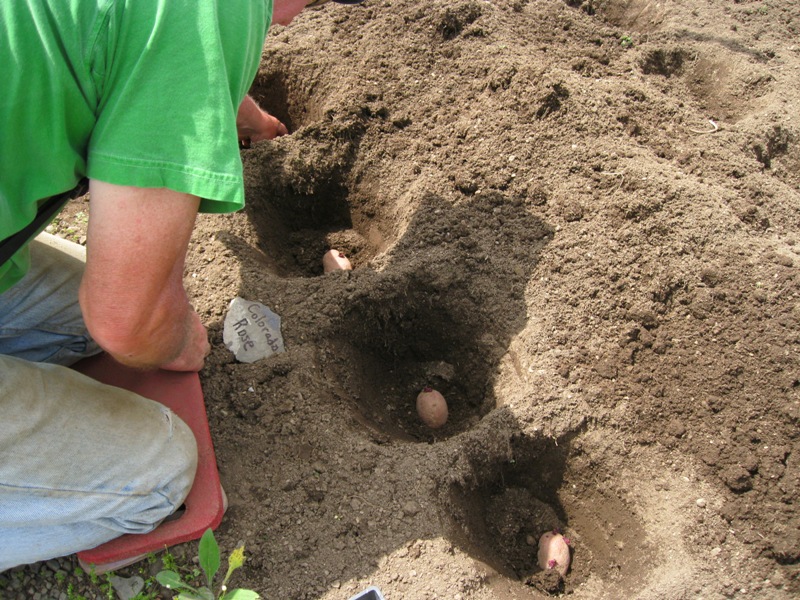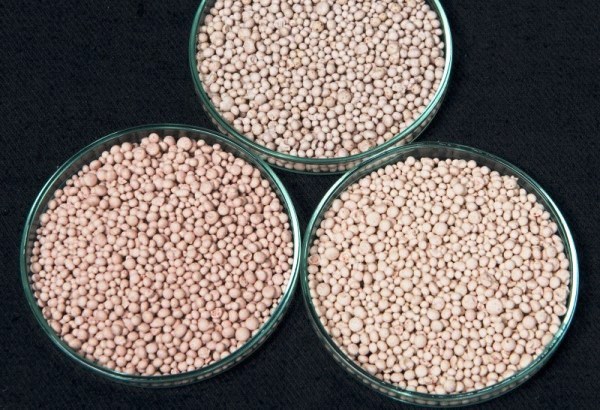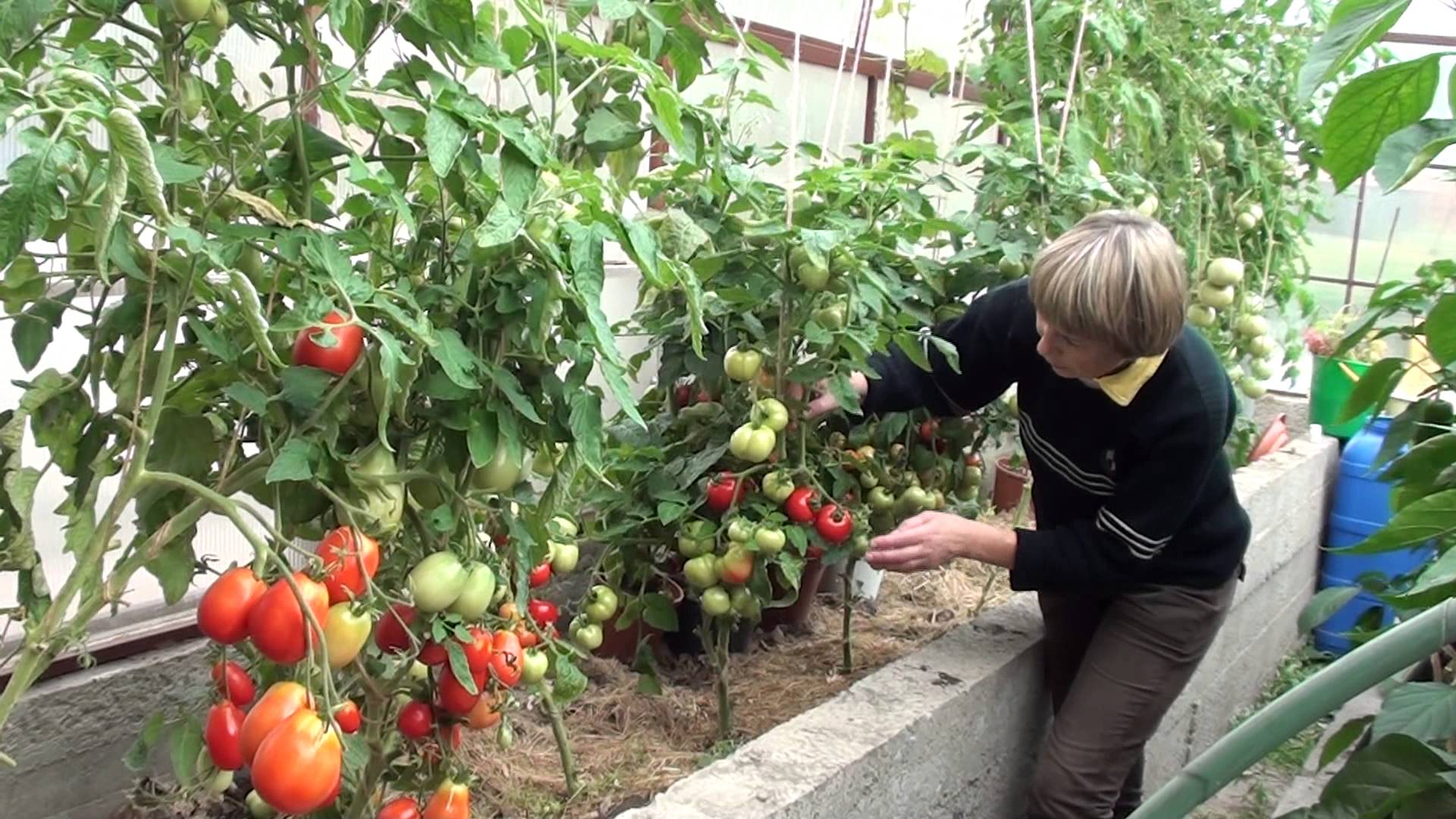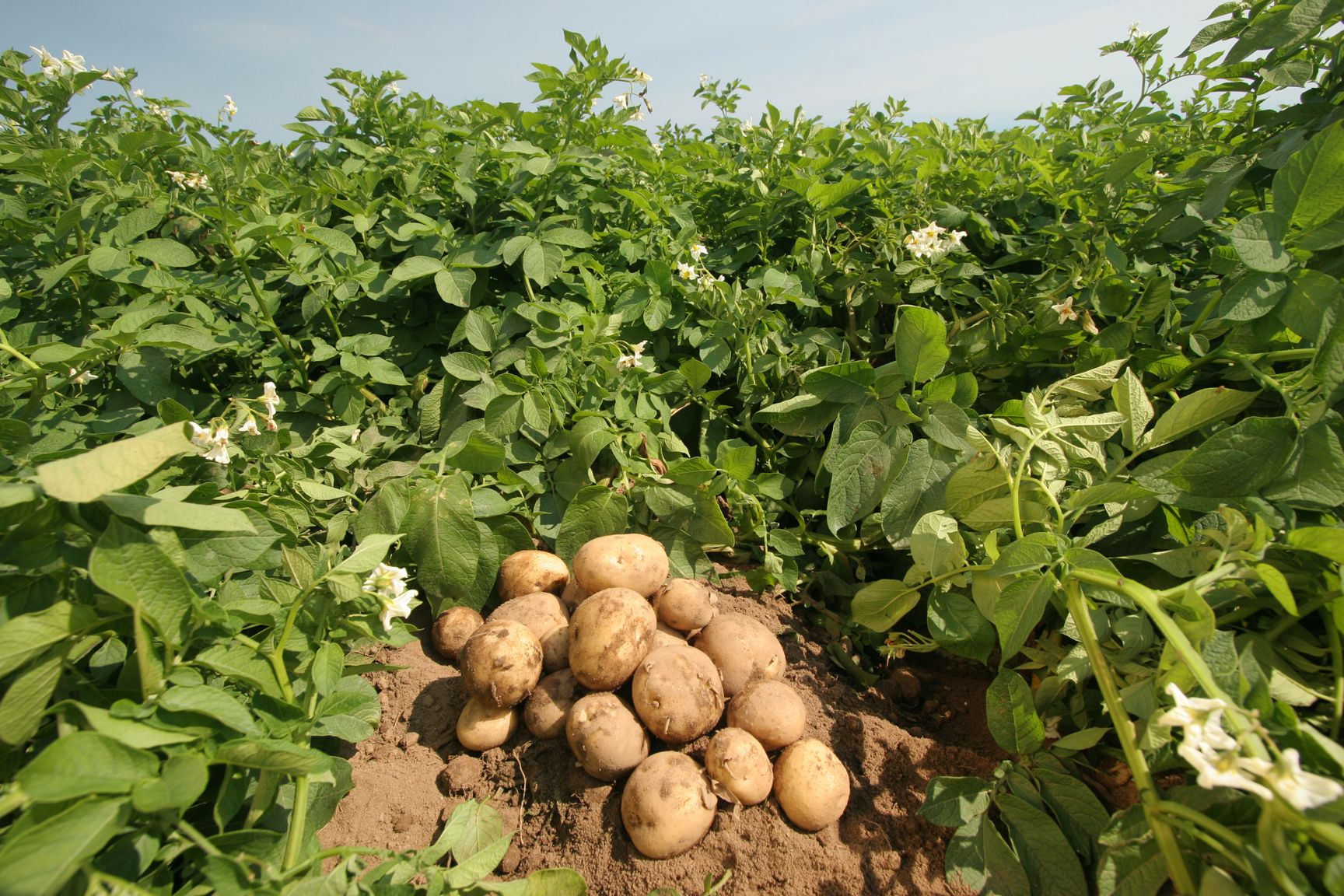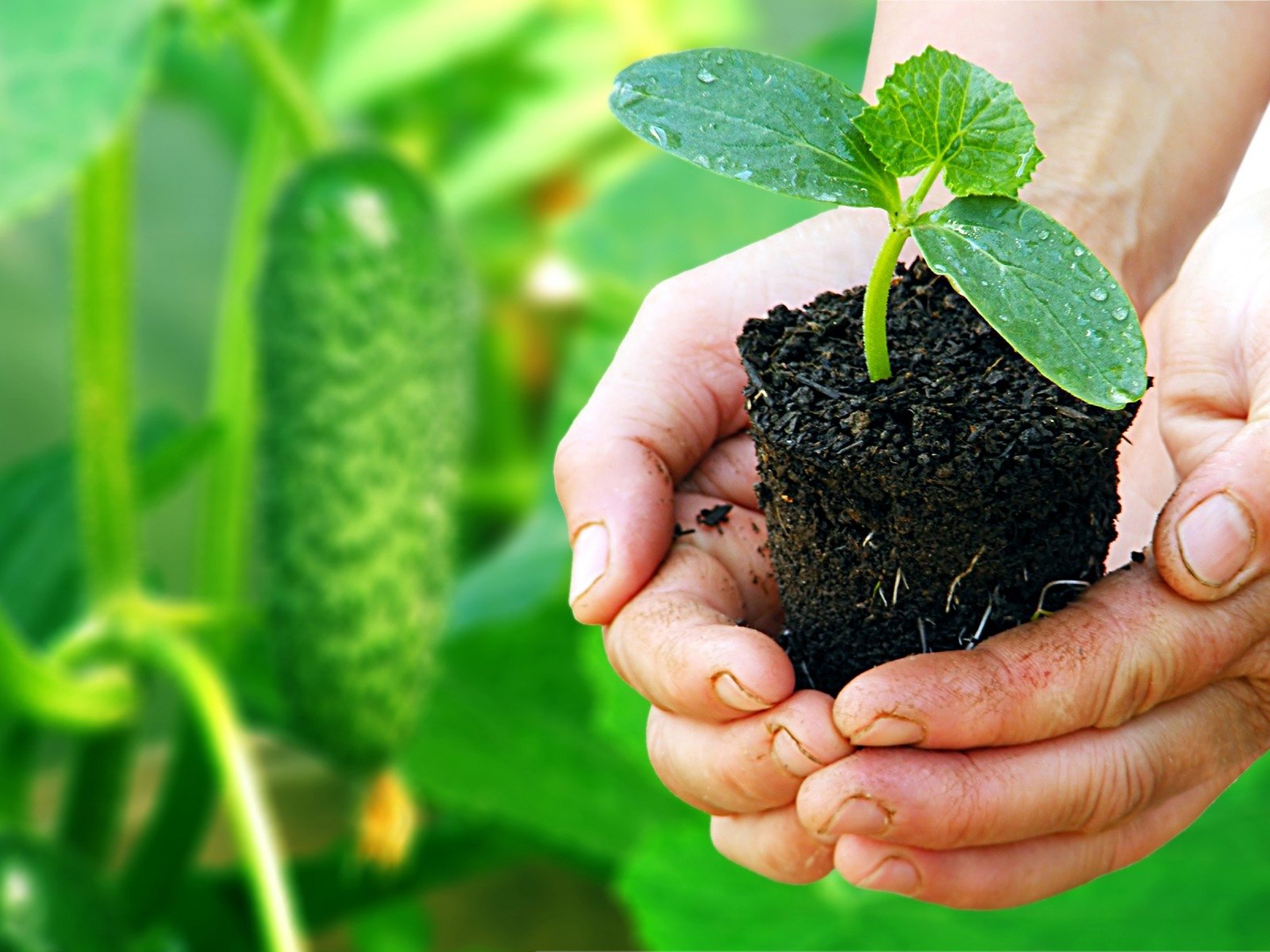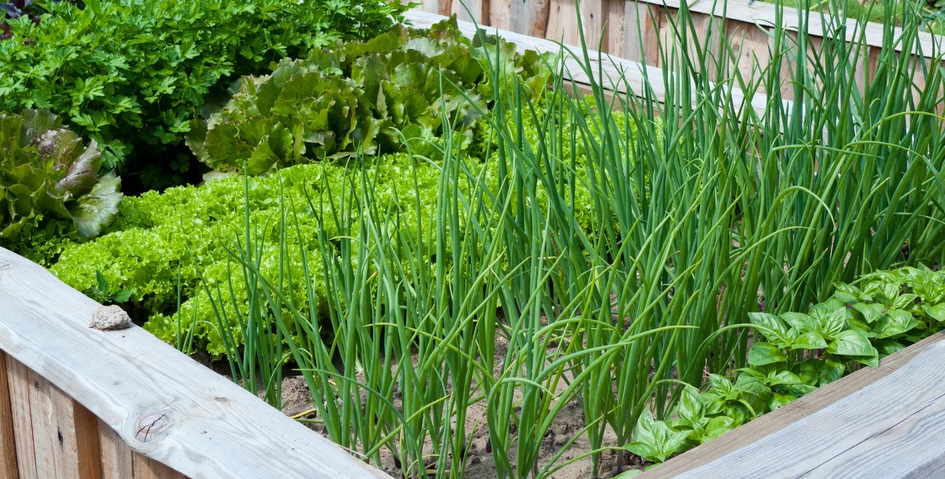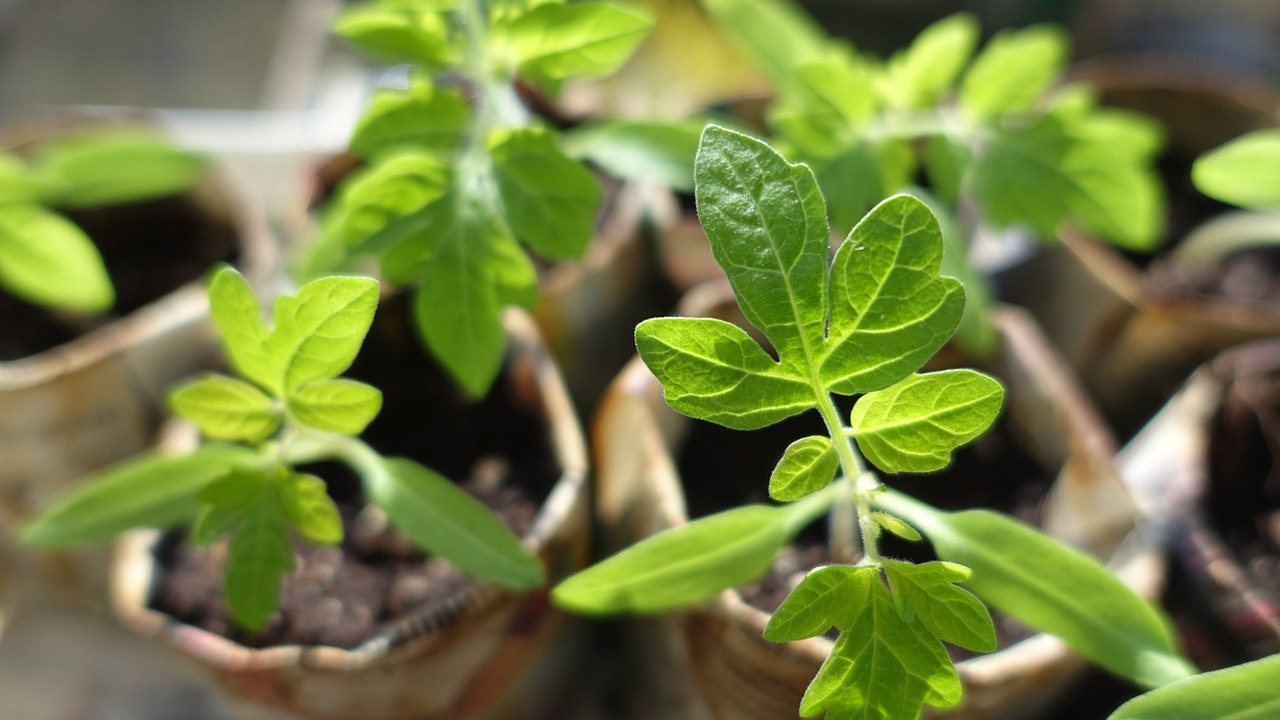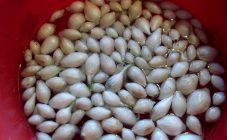Content:
Potatoes are an annual herb of the Solanaceae family. It has a bush, consisting of several ribbed stems located vertically or at a close to right angle to the ground, covered with intermittently pinnate leaves of a dark green color. The flowers of the potato are collected in such an inflorescence as a shield. The fruit is a green, inedible, multi-seeded berry with a diameter of 15-20 mm. Modified underground shoots - stolons - are used as food for potatoes.
Basic information about culture
One of the most important stages in potato farming is its planting, in which, along with the choice of the optimal time for its implementation and the depth of placement of planting material, it is very important to use the fertilization necessary for germination and growth of the crop in the first days. Fertilizer for potatoes when planting is a guarantee of enhanced growth and development of seedlings at the initial stage. Without them, seedlings will appear much longer, and when they appear, they will be strongly oppressed by weeds and pests. In this article, we will look at how to fertilize potatoes when planting, describe the top 5 most popular fertilizers among summer residents for these purposes, touch on the features and dosage of use when planting traditional fertilizers and organic matter.
Fertilizers for potatoes: top 5
In the question of what fertilizers to apply in the spring under potatoes when planting it, many summer residents and gardeners prefer such nutritious mixtures as:
- Fertika "Potato-5";
- BONA FORTE for potatoes and root crops;
- Organo-mineral fertilizer "Potato";
- Fertika "Vegetable";
- Fertika "Universal";
Fertika Potato-5
- Manufacturer - CJSC FERTIKA;
- Appearance - white granular fertilizer;
- Nutrient content: nitrogen - 11%, phosphorus - 9%, potassium - 16%. In addition, the fertilizer contains such meso and trace elements as magnesium (4%), sulfur (1%), calcium (0.55%), boron (0.09%), copper (0.08%), manganese (0.16%);
- The dosage for planting is 15-20 g per hole;
- Packing - bags made of dense plastic, with a capacity of 1.0; 2.5; 5.0; 10.0; 25 kg;
- Average price - depending on the packaging, you can buy such fertilizer at a price of 200-250 to 1,800-1900 rubles;
BONA FORTE for potatoes and root vegetables
- Manufacturer - "Bona Forte";
- Appearance - off-white granules;
- Nutrient content: nitrogen - 3.0%, phosphorus and potassium - 4.5% each, silicon - 16%. Also, the fertilizer contains trace elements such as calcium, boron, zinc, manganese, molybdenum, titanium, magnesium;
- Application rate at planting - the rate of application at planting is 2-3 g / hole;
- Packing - packing weighing 5 kg;
- Average price - 200-300 rubles.
Organomineral fertilizer "Potato"
- Manufacturer - Buisk Chemical Plant;
- Appearance - this organic mineral fertilizer is produced in the form of black granules, ranging in size from 1 to 1.5 mm;
- Nutrient content: fertilizer contains 6% nitrogen, 8% phosphorus, 9% potassium. In addition, it contains elements such as sulfur (6.2%), magnesium (2%) and trace elements (copper; zinc; iron; manganese, boron). The organic part consists of humic acids (10.5%);
- The dose of application during planting is 20 g per hole;
- Packing - packages of 3, 5, 10 kg;
- Average price - 120 rubles. (3 kg), 195 rubles (5 kg.), 385 rubles (10 kg.).
not
Fertika "Vegetable"
- Manufacturer - CJSC FERTIKA;
- Appearance - granules of dark brown, black color;
- Nutrient content - this organo-mineral potato fertilizer contains 10% nitrogen, 5% phosphorus, 8% potassium, 18% humates, as well as a complex of trace elements necessary for plant growth and development (boron, manganese, zinc, molybdenum, copper, iron);
- Application dose at planting - fertilizers are applied in dry form, at the rate of 10 to 15 g per well;
- Packing - containers (bucket), weighing 0.9; package weighing 2.5 kg;
- Average price - 200-300 rubles.
Fertika "Universal"
- Manufacturer - CJSC FERTIKA;
- Appearance - granules of dark brown, black color;
- Nutrient content - contains 8% nitrogen, phosphorus and potassium; 18% humates; a complex of trace elements;
- The dose of application at planting is 10-15 g per tuber or hole;
- Packing - containers of 0.9 kg;
- Average price - 120 rubles.
Traditional fertilization when planting
In addition to the aforementioned popular complex and organo-mineral nutrient mixtures, traditional mineral and organic fertilizers are also used.
Organic
The most popular organic fertilizers for applying to holes or furrows during planting are:
- Litter manure (horse, cow) - fertilizer, which is a mixture of animal excrement and bedding. It is a dark brown mass with easily distinguishable residues of litter and undigested feed. Depending on the degree of decomposition, there are fresh, semi-rotted, rotted manure, humus. Rotten manure containing 0.5% nitrogen, 0.2% phosphorus, 0.4% potassium is most often used for potatoes. Its main part in a dose from 500-600 (on loam) to 600-800 kg (sandy loam) per hundred square meters is brought under plowing of the site. When planting, about 1 liter (0.7-0.8 kg) of rotted manure is introduced into the hole;
- Compost - when growing potatoes, use such types of composts as peat (1 part of liquid manure, 3 parts of peat), peat (1 part of poultry droppings, 1.5-2 parts of peat), household composts (peat + cut grass, leaves, household organic waste). Compost is introduced at a dose of 600-800 kg per one hundred square meters in the fall for plowing a plot. Approximately 0.8-1.0 kg of compost is applied to the hole when planting potatoes;
- Bird droppings (chicken) - contains 1.6% nitrogen, 1.5% phosphorus, 0.8% potassium. It is used for making composts and infusions. The latter is prepared as follows: 0.7 kg of droppings are poured into 10 liters of water and insisted in a warm place for 3-4 days.After that, the resulting infusion is filtered and introduced into each well before planting in a dose of 1 liter.
Mineral
When planting potatoes, such types of fertilizers are used as nitrogen, phosphorus and complex.
Nitrogen
Among nitrogen fertilizers when planting potatoes, the following are used:
- Ammonium nitrate - white, well-flowing granules, containing mineral nitrogen in an amount of 34.5%. Saltpeter is used before planting when loosening the soil at a dose of 2-2.5 kg per hundred square meters, or when planting in a hole at a dose of 5-7 g (1-1.5 teaspoons);
- Urea (carbamide) - Off-white granules containing 46% nitrogen. It is introduced during pre-planting soil preparation at a dose of 1.7-2.0 kg per one hundred square meters or locally in the holes during planting (3-4 g);
- Ammonium sulfate - a powdery fertilizer of white or gray color, containing not only 21% nitrogen, but also such an element necessary for the growth and development of potatoes as sulfur in an amount of 24%. It is introduced in the spring when loosening the soil at a dose of 4-4.5 kg per hundred square meters or when planting potatoes in holes at a dose of 7-8 g.
Phosphoric
Of the phosphorus fertilizers used for growing potatoes:
- Simple superphosphate - a gray granular fertilizer containing an average of 20% phosphorus. It is used for local introduction into the hole when planting potatoes at a dose of 5-7 g;
- Double superphosphate - dark gray granules with an average of 45% phosphorus. Such superphosphate is introduced in the fall for plowing the plot or in the spring for loosening at a dose of 1.8-2.0 kg per hundred square meters or locally in the holes at a dose of 3-4 g.
Complex
Among the complex fertilizers, it is most effective when planting to use nitrophoska - a fertilizer, the use of which for potatoes allows you to immediately add nitrogen, phosphorus and potassium to the soil. The content of each of these elements in the most commonly used brand of nitrophoska is 16% each. It is brought in in the spring for loosening or digging a site at a dose of 4 to 5 kg per 100 sq. or when planting locally in the hole at a dose of 5-8 g.
If fertilizers do not work
If the fertilizers applied for some reason did not give the expected effect, experienced summer residents focus on careful and effective care, consisting of such measures as:
- Watering - if the planting was carried out at a time when the land had already lost a large amount of moisture, then immediately after it it is necessary to irrigate the plantation with settled rainwater. In the future, watering can be done with prolonged heat and a lack of moisture in the soil during and after flowering;
- Top dressing - weak and late emerging seedlings must be fed with a solution of ammonium nitrate (20 g per 10-12 liters of water). The second feeding is carried out with fertilizers containing trace elements, before the onset of budding. For this, a special fertilizer is diluted in water and, using a knapsack sprayer, the nutrient solution is distributed to the leaves;
- Hilling - the first hilling is performed when the seedlings have reached a height of 5-7 cm. Subsequent hilling is performed every 10-14 days until the tops close in rows;
- Pest and disease control - as the larvae of the Colorado potato beetle appear, the planting is sprayed with such insecticides as Iskra, IntaVir, in accordance with the doses given in the instructions for use.
When choosing a site for planting, it is important to know what kind of soil the potato likes: loose, with a high content of nutrients and a medium close to neutral reaction. On soils that do not meet these requirements, the potato will overgrow with weeds more adapted to low fertility, be damaged by wireworm, late blight, and various types of scab. Caring for a crop in such conditions will be difficult and costly, and the low crop yield and low quality of tubers will not pay off the funds and efforts invested in the plantation.
Thus, having figured out which fertilizer is best for potatoes when planting, you can already at the initial stage lay a "foundation" that guarantees a good harvest. The main thing is to fertilize the crop on time and correctly, to concentrate all efforts on caring for the plantation during the growing season. When applying, an integrated approach should be used: the use of both organic and mineral, organo-mineral fertilizers.





